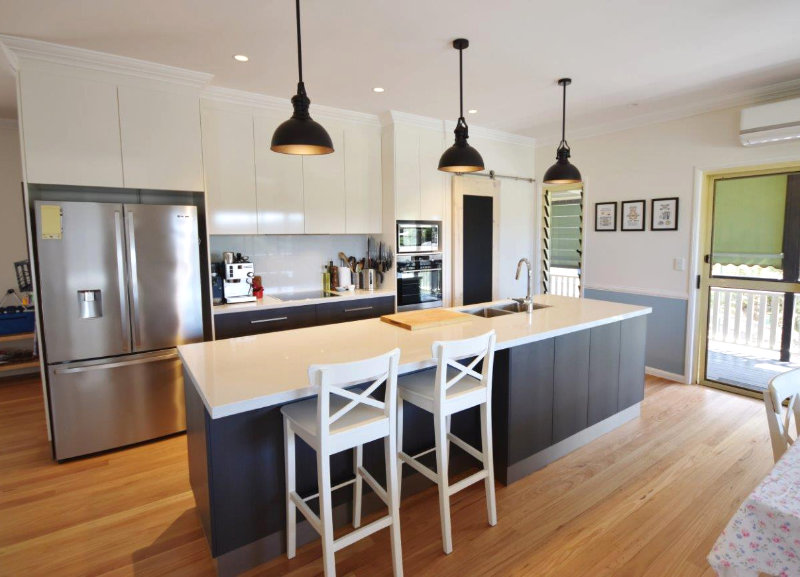
Cooktops - Upgrading your cooking equipment
Published: December 16, 2021 Last Updated: June 07, 2022
The humble cooktop has received a makeover in recent years. New designs have introduced sleek black lines or stainless steel shine. Whichever side of the cooktop fence you sit on (most cooks are either firmly gas or firmly electric) there is a design to suit your kitchen décor.
Cooktop Styles
Gas Cooktops
The variety of burners available for specific types of cooking has expanded greatly. Wok burners, BBQ grills, tepanyaki grills, fish burners, deep fryers and bain-marie's plus small burners for simmer and slow cooking cater for professional-style cooking at home. Modular systems allow you to custom design for your particular requirements.

Safety switch-off features integrated into some models ensure the gas feed is turned off if the flame blows out. Some models will even turn off if left on for exceptionally long periods.
Electric Cooktops
The exposed coil element design is being fazed out in favour of ceramic glass cooking surfaces with an electric element or halogen lamp heating positioned under the glass. This design has the advantage of an easy to clean smooth surface. The low heat conduction of the ceramic glass means the surface doesn't heat up as much as an exposed coil element however will still get quite hot.

Special cookware is not required for this type of cooktop, all flat bottomed saucepans or frying pans will work well.
Induction Cooktops
There is a new(ish) kid on the block which promises to revolutionise the cooktop. Induction cooking is faster and more efficient than traditional electric coil element cooking. An induction cooktop is also one of the safest ways of cooking as no heat is produced on the cooking surface.

Induction cooktops use a high-frequency electromagnet to create a magnetic field which causes the pot or pan (made from magnetic material) placed in contact with the element to generate heat and cook its contents. As the cooking surface does not heat up less energy is wasted.
An induction cooktop is much faster at heating up than electric cooktops. Induction can boil water twice the speed of traditional electric heating. They also allow for better control of the cooking temperature as induction responds instantly to heat adjustments.
The single solid cooking surface makes cleaning very easy and, as the surface itself does not heat up, food will not burn and stick to it.
Induction cooking requires cookware that is magnetic so some investment into new pots and pans may be required when you upgrade to this style.
Haddon Kitchens & Cabinets Kitchen Design
Gas cooktops, electric cooktops or induction cooktops all have their pros and cons. Once you have weighed all your needs and requirements let Haddon Kitchens integrate your chosen cooktop into your new kitchen design.
Looking For A New Kitchen?
Our team can help. Simply request a quote and we'll guide you through the rest.